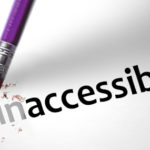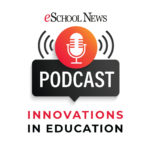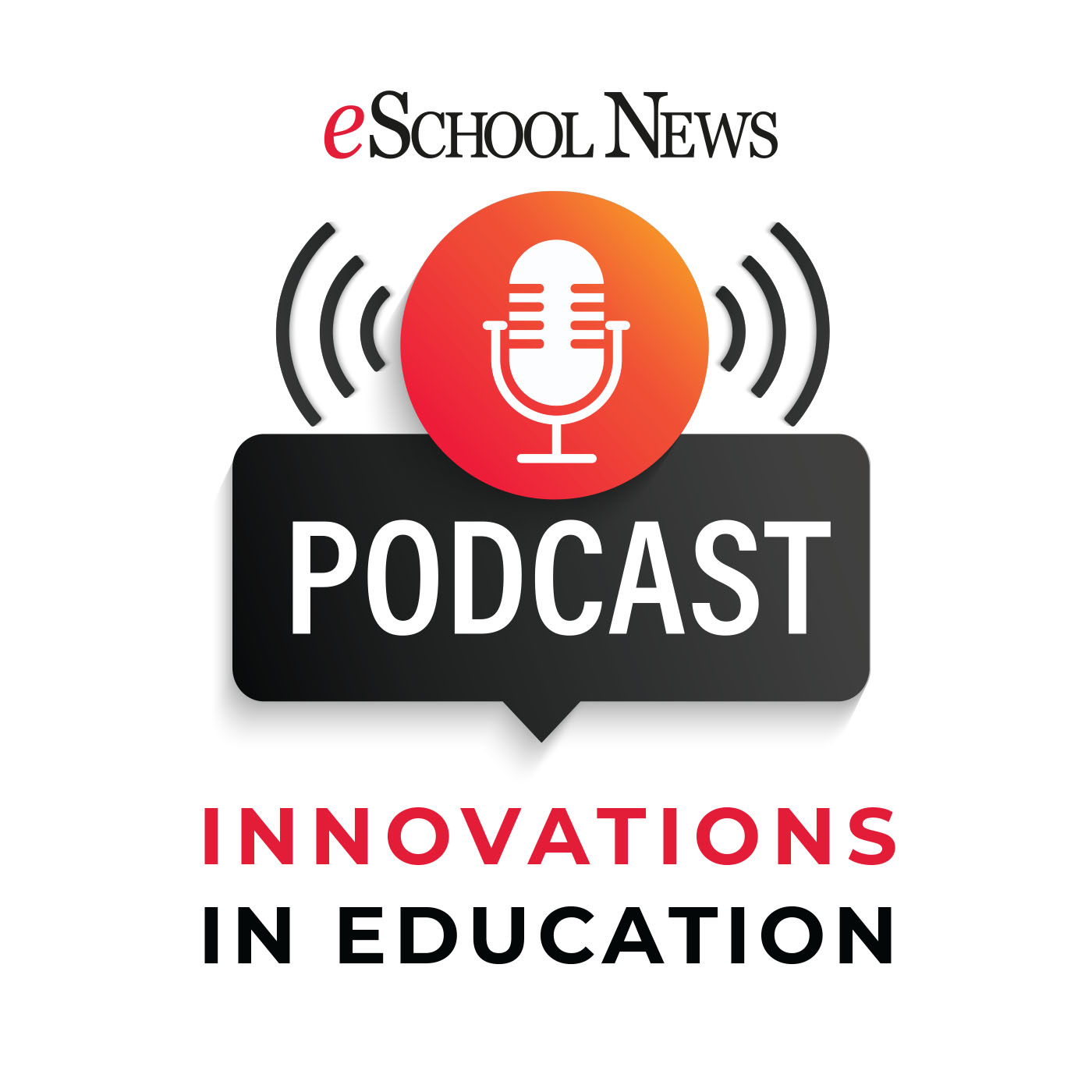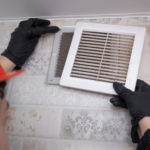As schools move toward making masks optional for students and teachers, concerns are turning to the best ways to mitigate COVID-19 infections–and indoor air quality is a major concern.
With students back in physical classrooms, air quality must take priority regardless of a district’s mask policy. But how can district leaders address the varying degrees of improvements schools may need to update their indoor air systems?
Join this eSchool News webinar to learn about:
- health and safety risks associated with impure air and the need to “up our game” in classroom air purification
- regulatory guidelines on indoor air quality and a practical guide to evaluating your present air purification system(s)
- your peers’ experiences going through a recent upgrade to fix air quality concerns
Laura Ascione is the Editorial Director at eSchool Media. She is a graduate of the University of Maryland’s prestigious Philip Merrill College of Journalism.
![]() Latest posts by Laura Ascione (see all)
Latest posts by Laura Ascione (see all)
More from eSchool News

The interruption of in-person learning environments due to COVID-19 impacted everyone, but it particularly challenged those with specific learning needs.

Teachers are not robots–they, too, are human beings with feelings, fears, insecurities and lives. A teacher’s day is beyond classroom hours, and at the same time, teachers have to take care of themselves. When teachers don’t do this, they burn out.

School district leaders across the country are cautiously looking forward to post-pandemic teaching and learning–but they are also eyeing what may be a once-in-a-lifetime opportunity to upgrade their technology infrastructure and classrooms with interactive displays, laptops, and more.

The COVID-19 pandemic shined a light on the importance of instructional audio solutions. With mask mandates and social distancing, instructional audio solutions play a critical role—projecting educators’ voices and ensuring every student can hear and understand what’s being asked of them.

The role of elementary teachers has never been more important, especially as kindergarten through fifth grade students today are facing more change than ever before–from the effects of the pandemic to social media and stressful current events being right at their fingertips.


Getting There: Innovations in Education
All in your head: Essential post-pandemic mental tactics for education leaders
Play Episode
Pause Episode
Mute/Unmute Episode
Rewind 10 Seconds
1x
Fast Forward 30 seconds
00:00
/
19:37
Subscribe
Share
As schools move toward making masks optional for students and teachers, concerns are turning to the best ways to mitigate COVID-19 infections–and indoor air quality is a major concern.

The sudden switch to remote learning during the Covid-19 pandemic caught plenty of school districts off guard, and they scrambled to find devices that were up to the task.

How much would you pay for a crystal ball that could foresee the next education crisis? Though the ongoing pandemic has been referred to as a ‘once-in-a -lifetime crisis for school,’ we know that future crises are, unfortunately, inevitable. What schools, educators and families have experienced over the last two years has radically changed our understanding of what it means to truly care for students and teachers.

The power of human connection is a transformative element that is deeply wired into our collective DNA. With so many teachers experiencing burnout, I can’t help but recognize a strong link between human connection and the challenges facing teachers today.

As the CDC shifts its recommendations and schoolchildren are no longer required to wear masks in many parts of the country, questions remain about how aging school infrastructure can support the health and safety needs–including air quality–that accompany reduced precautions.
Want to share a great resource? Let us know at submissions@eschoolmedia.com.
[ad_2]
Originally Appeared Here